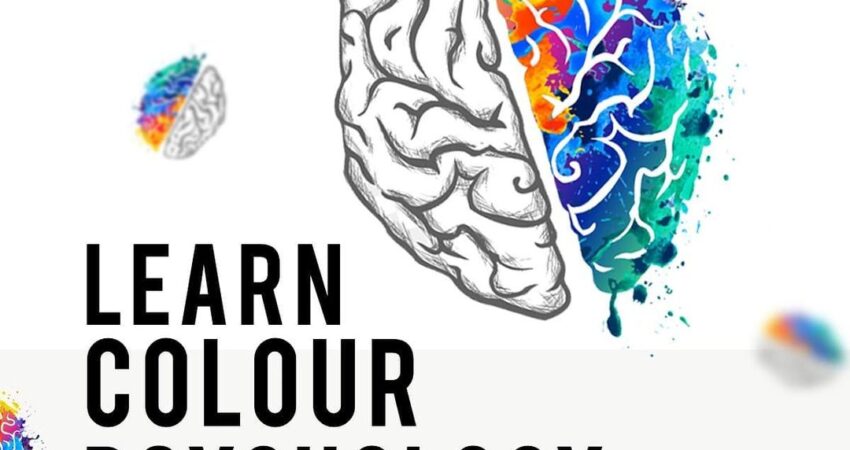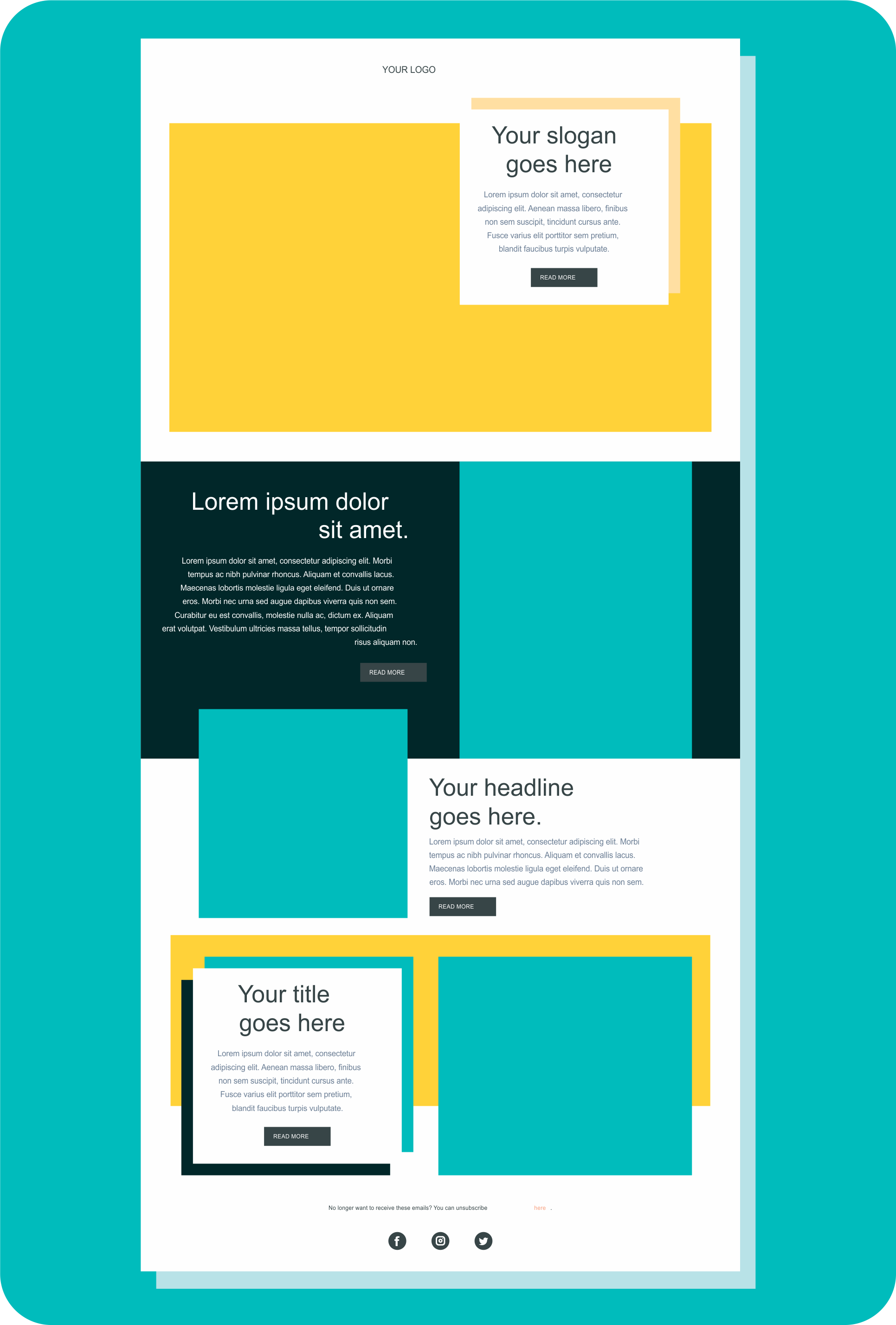
When you think of web design, colors are often an after-thought – a simple aesthetic. In fact, color can determine how people behave, how they feel, and what the experience is overall for the user. Grasping color theory can help you build such websites that are not just easy on the eyes, but help increase engagement and conversion rates as well. Let’s explore the ways you can employ color psychology theories into web design.
An Insight into Color Psychology
Color psychology is the study that focuses on emotions and specific behaviors that different colors can provoke in human beings. Each color can cause a certain emotional response which can be used to aid usability on the website. A few of the basic colors and their basic psychologies are given:
Red: That is usually accompanied by emotions like excitement, passion, and even newsworthiness. In fact, it leads to an increase in one’s heart-rates and applies a feeling of urgency. Thus it is a great choice for call-to-action buttons, sales events and special offers and others.
Blue: This is a color that brings out trust, tranquility, and professionalism. There are many such practices, including usage of such colors in corporate websites and social networks for building trust.
Green: Typically means nature, life, and peace. This color is best used by green and healthy sites as well as those portraying achievement and advancement.
Yellow: It brings happiness, and hope. It can grab attention and is often used in marketing to create a sense of cheerfulness and positivity
Orange: The warm shade encompasses the warmth of red and the joy of intensive yellow. It promotes excitement and is perfect for entertainment and e-commerce websites.
Purple: Elegance and luxury go hand in hand with this colour. Also, comes the idea of creativity and wisdom. It is used in beauty and luxury items to emphasise high standards.
The Use of Color Psychology While Designing Websites
Know Who Your Target is: It is important to know your target audience even before you start picking color swatches.Different groups of people may affect how other people perceive the colors. For example, younger audiences might prefer strong and saturated colors while the older users might barely stand out different shades from the common ones.
Be In Line With The Objective Of Your Brand: The colours on your website should be in harmony with the mission of the Brand. It’s hard for the customers to forget your colour sequence even after seeing them once on your marketing collateral.
Establish Importance of Information: colors can be used to focus the users on important designs for example a different color on call to action buttons can motivate clicks.
Make it Significant: Make sure that the color used for the texts in blocked out sections or dklmni sections stand out against the background of the block. Texts appearing in images have been shown that the writing and picture performance do not suffer from structural ambiguity.
Test and Optimise: In order to understand how other colours affect your users, you can do A/B testing.
Remember, the right color palette can make a significant difference in how users perceive and interact with your website. So, take the time to understand the psychological impact of colors and use them strategically to enhance your web design.










